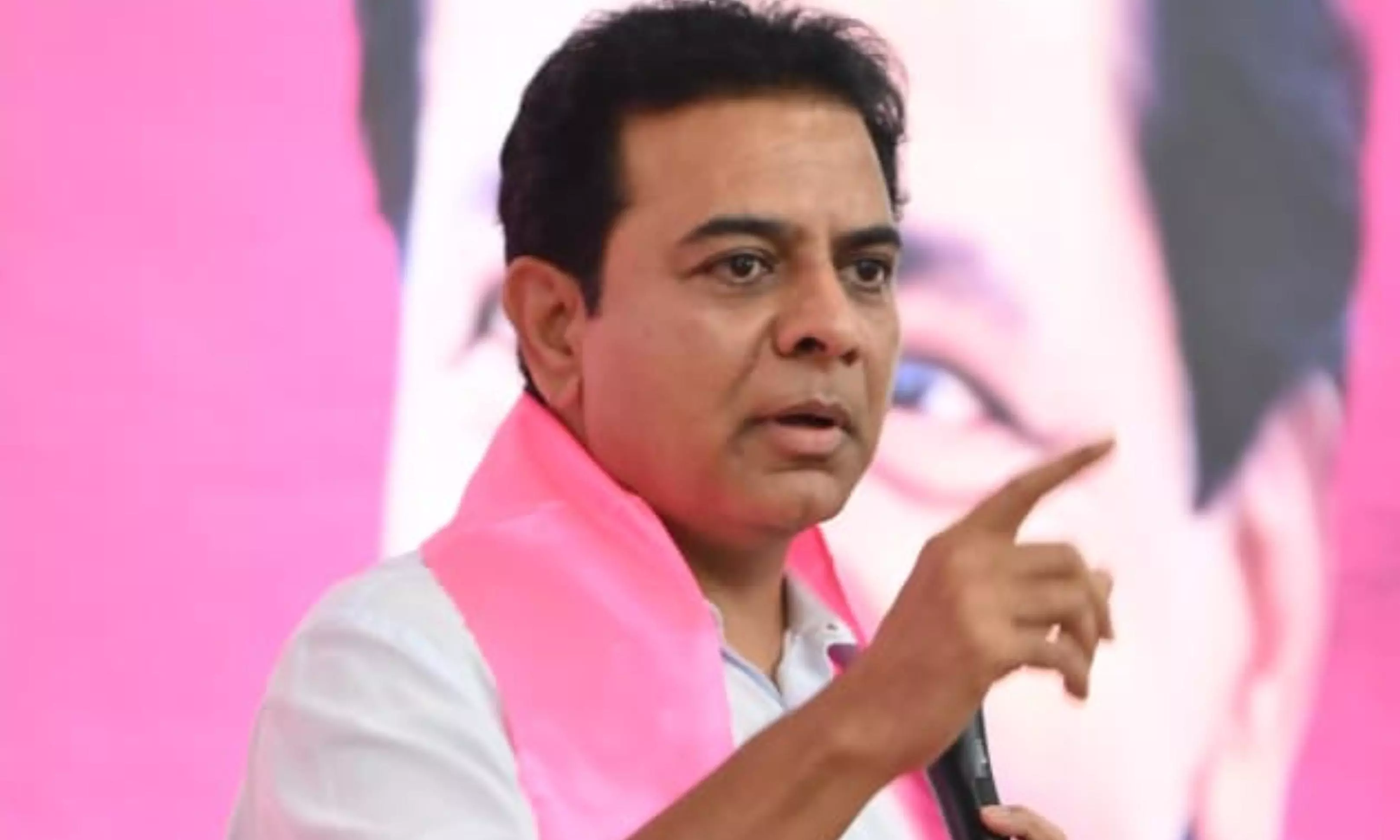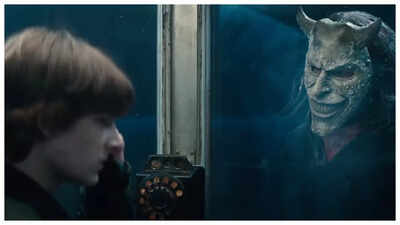Just as tea was called, with Australia 180 for 8, Alyssa Healy – with her floppy hat on – wandered towards the pitch with Ashleigh Gardner. Healy was done in by a Deepti Sharma ball that kept low, while Gardner couldn’t resist poking at a wobble-seam length ball from Vastrakar and was caught behind. They looked at the pitch while the ground staff swept the loose soil away and re-marked the batting and bowling crease.
McGrath and Beth Mooney had scored most of their 80 partnership runs at a fair clip before slowing down after spin was introduced. Healy and Annabel Sutherland, who added 40 for the fifth wicket, were countering spin easily before Healy’s fall allowed Vastrakar to dismiss Sutherland and Gardner in succession.
“Early on, I found the wicket quite nice to play on but then as soon as spin came on, it became quite tricky,” McGrath said later. “I felt reasonably comfortable with pace but as soon as spin came on, it was a big challenge. Partly because we are not used to these conditions; it was shooting low, and the spinners were extremely disciplined.
“Sneh Rana, in particular, bowled really well. I struggled a lot with her, but Moons [Mooney] looked slightly more comfortable against her. I constantly felt on edge against Sneh today. She got me in the end, which was a little bit of a poor dismissal on my part.”
While Australia may have been spooked by spin – Rana and Deepti picked up five wickets combined – the real damage was done by Vastrakar. She hurried the batters with her pace and always kept the stumps in play. Which is why India didn’t panic when McGrath and Healy were stitching together those partnerships. Vastrakar kept bowling at speeds north of 105kph and got enough lift from a surface that offered uneven bounce. Like when she got a 113.3kph short ball to spit at Mooney, who gloved it to first slip.
“Vastrakar bowled extremely well,” McGrath conceded. “The ball she got Pez [Perry] with was an absolute peach. When I was walking out to bat, she was getting sideways movement of the seam both ways, and she just bowls a relentless length that keeps you on your toes and is perfect for Test match cricket.
“She was someone we specifically spoke about as a batting unit. Like I said, the length she bowls is perfect for Test cricket. It’s just relentless. And she’s almost robotic. She just runs in and hits the spot time after time and puts so much pressure on the batters. So, for us, it was about capitalising whenever she gave us any width… we had to put it away.”
During the domestic T20s, the Indian bowlers were given a task: to clock at least 24 overs in the nets in the first week and 32 in the next. They had to log it and send the data to the bowling coach and the trainers at the National Cricket Academy. It meant they were well-prepared by the time they got to the camp in Bengaluru ahead of the England series.
“I bowl outswing naturally, but we saw the videos of both teams [England and Australia] and found that their batters face difficulty with the incoming ball,” Vastrakar, who finished with 4 for 53, said of India’s bowling plans. “Our aim during practice was to bring the ball in with the wobble seam, which makes the ball cut in and makes it tough for the batters.
“We saw the pitch during practice and felt it won’t be as easy [for bowlers] as it was at the DY Patil Stadium. Here, we needed to work harder. We had to hit the hard lengths and bowl wicket-to-wicket, set the batters up and get the ball in. I did that and bowled a sharp inswinger to Perry and she got out.”
Australia’s last two wickets kept India on the field for over 22 overs. It did not dampen the hosts’ spirit as the openers came out all guns blazing to drive home the advantage by the end of the first day.
S Sudarshanan is a sub-editor at ESPNcricinfo














































